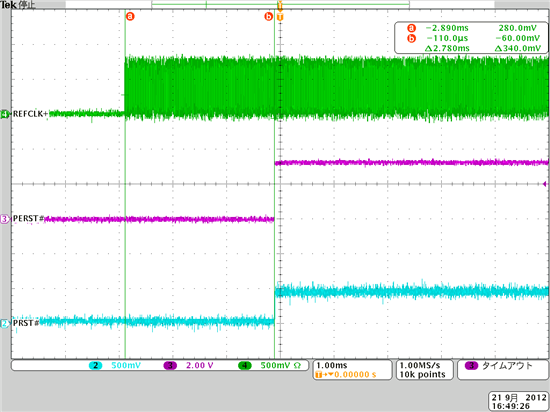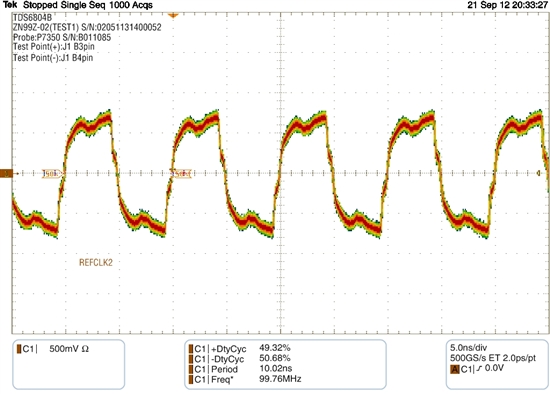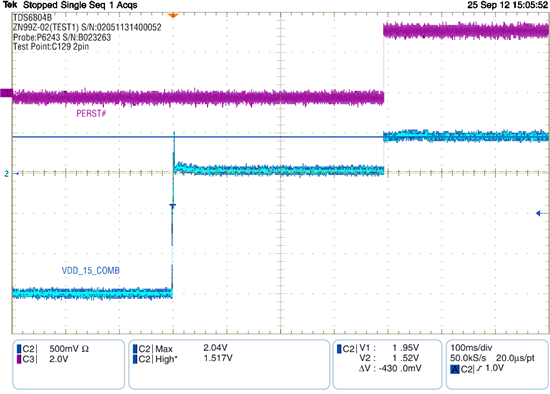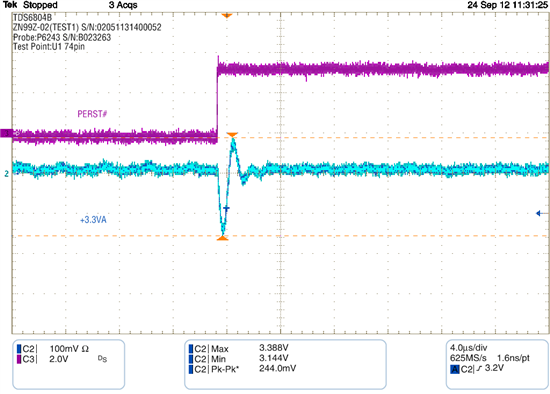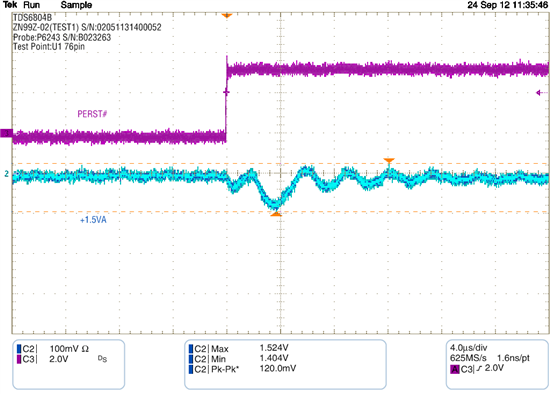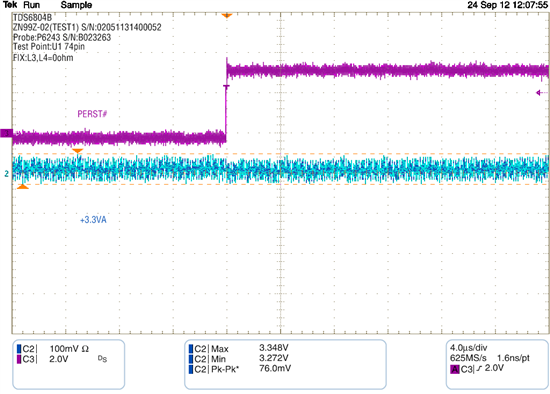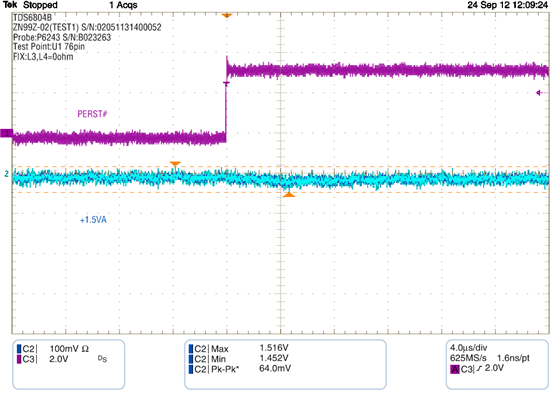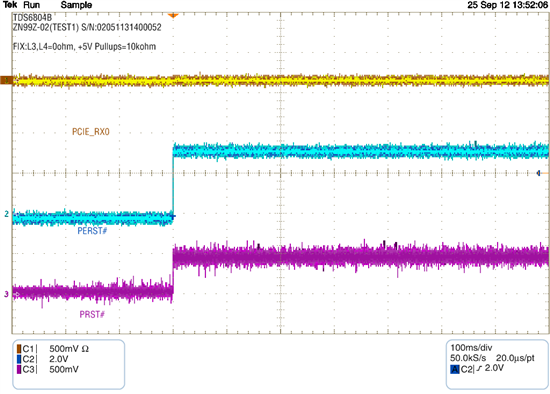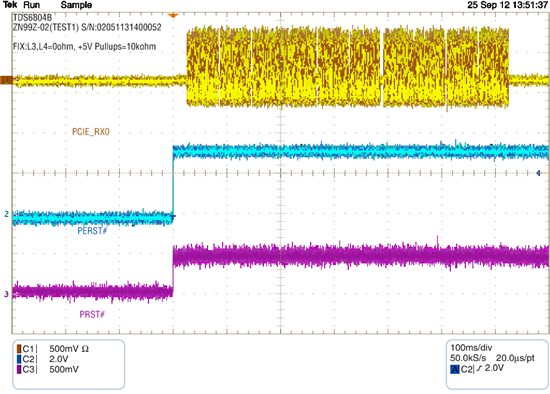Hello, all.
Now I am trial testing XIO2001 on our original chipset, which configuration is detailed as below;
CPU <=> PCIe ver.2.0 (2.5Gbps transmission) <=> XIO2001 <=> PCI ver2.2 <=> PCI slot
Then the PCI bridge could not be recognized on CPU on startup sequence.
My concernment is whether XIO2001 could support PCIe ver.2.0 (2.5Gbps transmission) from Host.
If supported, please let me which hardware configuration(rayout) should be taken in consideration.
Thank you in advance for your information.
Best regards.


